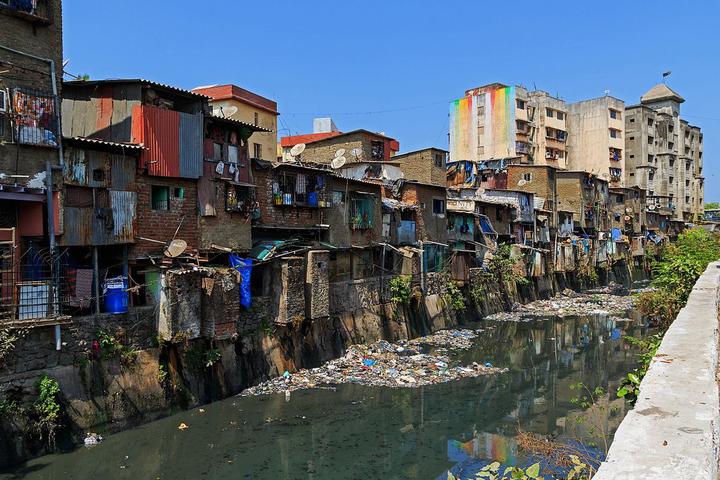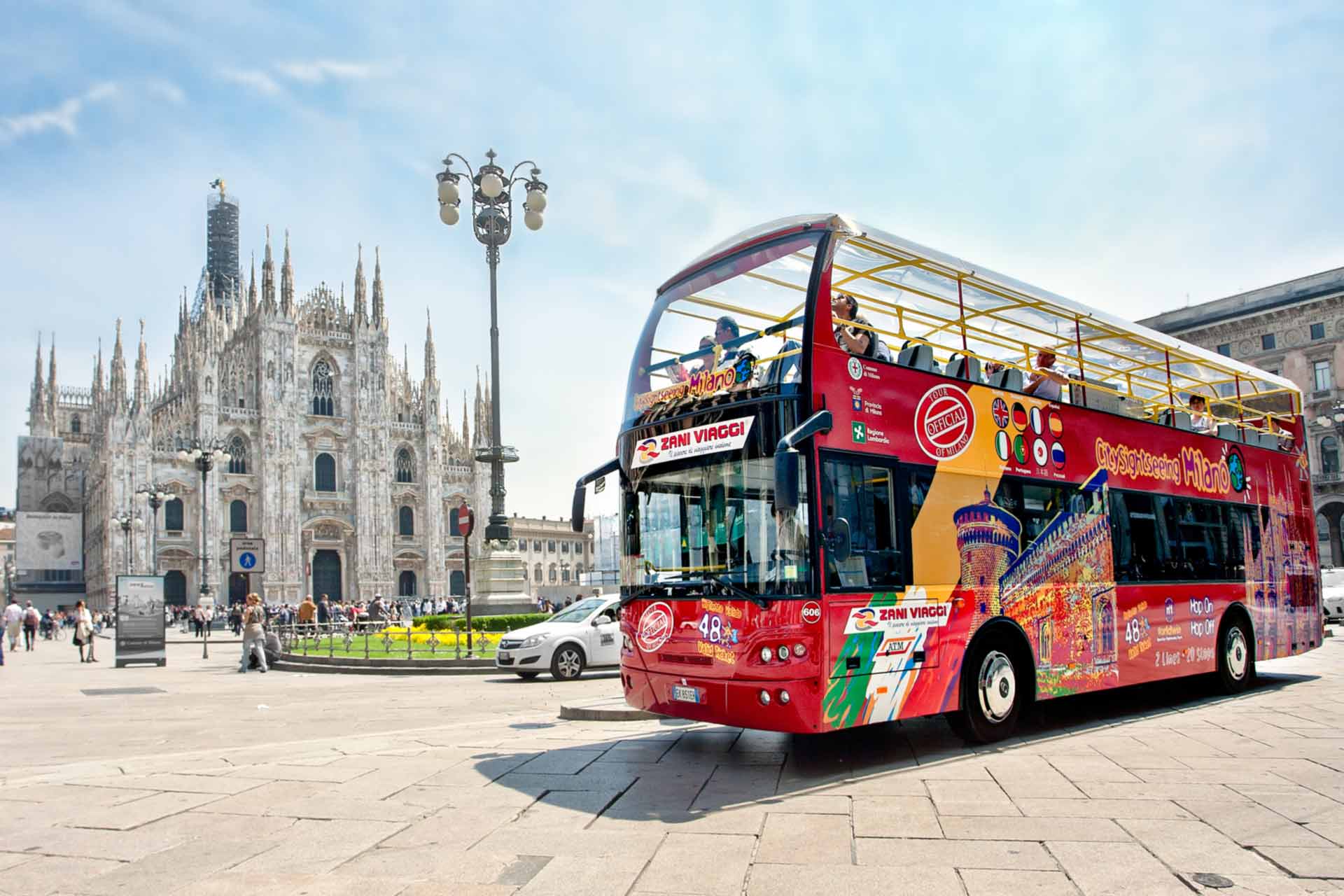Extreme recreation: slum tourism


Slum tourism is a type of adventure tourism in which tourists visit poor countries or countries with particularly poor neighborhoods and districts. This type of tourism is becoming increasingly popular these days. People, fed up with affluent urban life, are becoming interested in places where poverty is rampant.
Some tour operators organize entire excursions and tours to such places. This activity is often questioned from a moral standpoint, as the money rarely goes toward slum maintenance. However, this article does not examine this type of tourism from a moral perspective. It describes five locations—countries and regions—for slum tourism.
1. Brazil, Rio de Janeiro
Brazil is notorious for its “favelas”—large slum areas. These areas often become home to “gangster power,” with various criminal groups establishing their spheres of influence within the favela neighborhoods. They establish “borders” between them, establish trade (usually illegal), and develop infrastructure. The gangs often wage bloody wars—both among themselves and with state police, who conduct annual raids in the favelas.
Rio de Janeiro is home to Brazil’s largest favela, the Rocinha Favela. This area has transformed from a crime-ridden one into a tourist hotspot. Guided tours are offered in Rocinha. Local gangsters agree to pose for photos if their faces aren’t visible. It might not seem that dangerous.
However, this only applies to the southern, “sterile” favelas, where crime has been reduced by local authorities. The northern favelas are still truly dangerous. Tourists should visit at their own risk. If they don’t know any locals in the favelas, the “guardians of order” will immediately force them to part with their valuables. In the worst case, they will be forced to give up their lives.
2. India, Mumbai
India is the second most populous country in the world, but only seventh in terms of area. Given these conditions, it’s no surprise that India is experiencing overcrowding, leading to poverty and slums in many cities.
India’s largest and most famous slum is located in Mumbai—the Dharavi slum. This area became world-famous thanks to the film “Slumdog Millionaire,” where the action and filming took place.
Unlike Brazilian favelas, crime in the local slums is much lower. Tourist police are present in these areas to maintain law and order. The chances of becoming a victim of violent crime are quite low—at best, you might get cheated at a local market or have your wallet stolen.
Dharavi has become an unofficial landmark of Mumbai, and many tour guides make a living from it. Tours of the slum are offered on foot, in tuk-tuks (local three-wheelers), and by bus.
3. Africa, Somalia
It’s no secret that the African continent is home to a vast number of impoverished countries. In many of them, crime rates are on par with Brazil, if not exceeding it.
Somalia is arguably the most dangerous country on the continent. Anarchy, in its truest sense, is rampant here. Banditry is rampant in every city, and the cities themselves exist as gangster communities, only nominally part of the state. This country is a hotbed of modern piracy. Back in the late 2000s and early 2010s, Somali pirates terrified residents of developed countries by raiding merchant ships passing through the Suez Canal.
In such a country, no guide will arrange tours with comfortable buses. If a tourist has money and isn’t afraid of being in such a dangerous country, they should turn to mercenaries. Mercenaries accompany tourists in groups of four or five, armed with machine guns and wearing body armor. This is the only way to feel safe in this country.
4. Mexico, Mexico City
Mexico City is home to one of the world’s largest slums, with a population of 4 million. Both externally and internally, the slum resembles a Brazilian favela—low living standards, crime, drug trafficking, and prostitution.
Unlike other countries, tours in Mexico City’s slums are organized not by travel agencies, but by charitable organizations and churches. These tours require guests to bring water and food to help the poor. These tours not only offer extreme recreation but also provide an opportunity to help those in need.
5. USA, Los Angeles.
The final city for slum tourism is Los Angeles, California. What’s this city doing on the list?
Los Angeles is notorious for its Latino and African-American ghettos. Skid Row, Compton, Westmont, and Chesterfield are all areas where you can easily be robbed and murdered. Tourists’ wallets are a tasty morsel for local gangsters.
These neighborhoods are home to numerous ethnic gangs and gang alliances. Norteños, Sureños, Crips, Bloods, and other groups engage in robberies, prostitution, drug trafficking, and other crimes.
No tours are offered in these areas. It’s dangerous for tourists to go there without protection and security. Unless a tourist has private security or is under the protection of local gangs, it’s best to avoid these areas.
There are many countries around the world with high levels of poverty and lawlessness. Against this backdrop, many people strive to make money, and those jaded by the good life spend money to experience the “romance” of poverty. They forget that such areas are actually very dangerous. At best, you can lose your wallet; at worst, your life. But it is precisely these dangers that make slum tourism attractive to people who want not only to experience the thrill of life but also to court death.

